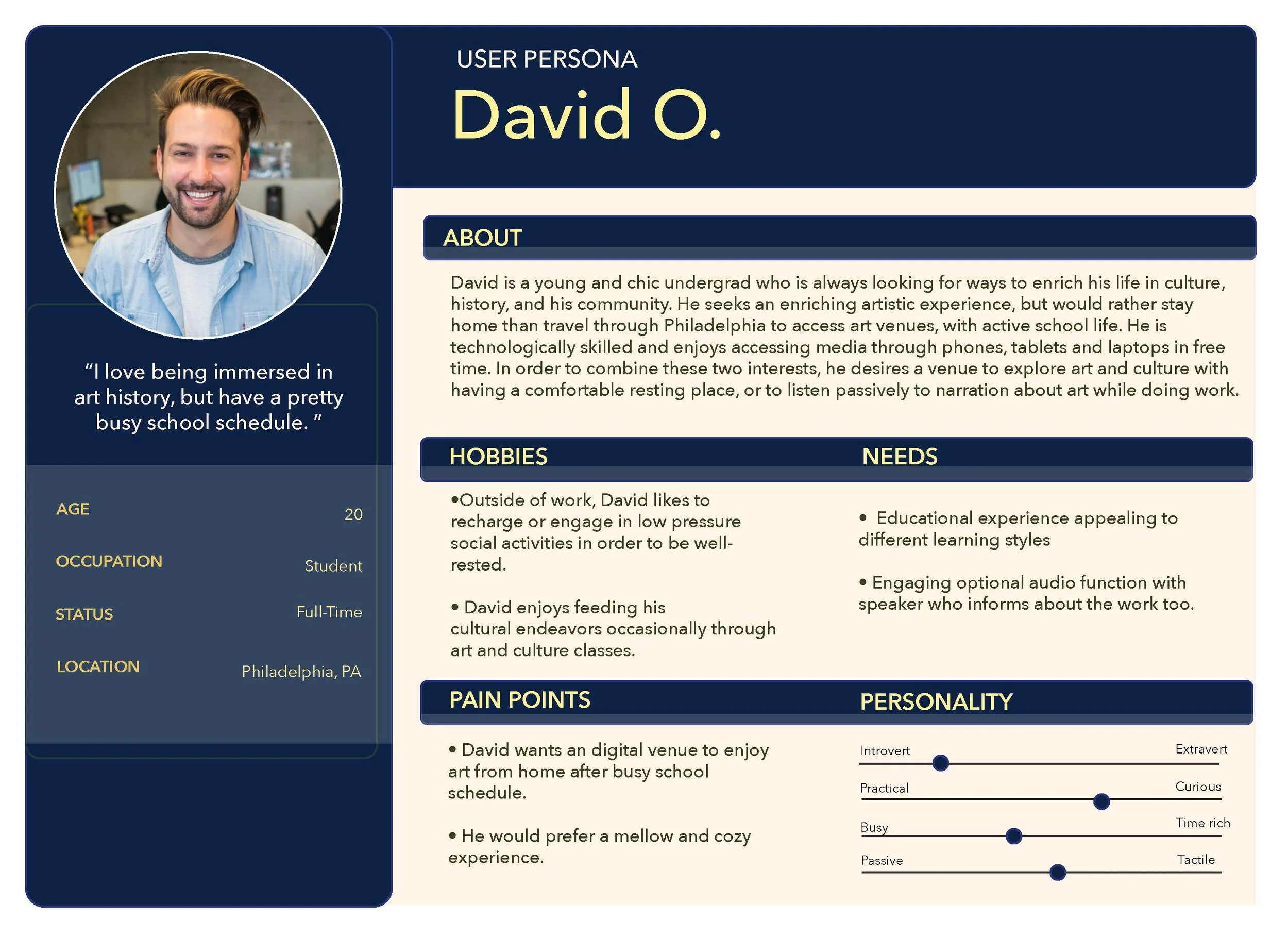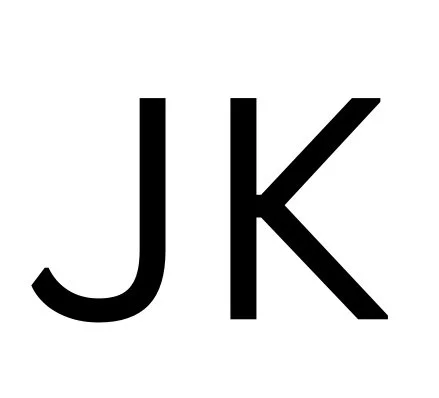Artline Exhibits: Virtual Art Gallery
Brand Identity & UX Design for Virtual Art Gallery Site
Overview:
Take a virtual journey into Impressionist through Surrealist art with this exhibit platform. Experience timeless paintings from artistic movements inspire future art movements Interact with iconic works from Impressionists, such as Monet, to Symbolist works from Klimt and onwards.
The website platform is a means to visualize art movements building into one another. This would show the development of an art movement into another, through a visual pathway or timeline, with the styles morphing as the user travels through the website.
Role: Research, UX, UI, Graphic Design
Art Direction: Matt McGlynn
GOAL
Build a functional representation of a website reflecting the principles of user-centered experience design, while incorporating a high level of animated interaction and beautiful visuals. Accompanying artifacts which will be produced include wireframes, UI kit, design system/pattern library, sitemap, user personas, journey maps, and a high fidelity prototype.
UNDERSTANDING THE PROBLEM
To empathize with the audience, I created a user survey with qualitative and quantitative neutral and relevant questions to identify user needs and pain points.
The survey questions are relevant with past galleries, e.g what was enjoyable, encouraged learning and what could be improved from those experiences.
In addition to primary research, supplemental formative research about existing virtual galleries and factors contributing to an effective gallery experience.
This helps with inform constructing an engaging digital platform with similar attributes.
FORMATIVE RESEARCH
To gather data, I created a user survey with qualitative and quantitative neutral and relevant questions to identify user needs and pain points.
Questions relate to experience with past galleries, e.g what was enjoyable, encouraged learning, and what could be improved from those experiences.
Helps inform constructing an engaging digital platform with similar attributes.
This highlights brief user demographics, how important accessibility/usability of the platform is, and preference of content in these settings.
Throughout the project will be expanding the survey audience and refining questions during prototyping.
ADDITIONAL INSIGHTS
Pandemic uncertainty: Art galleries, especially those based at universities, have announced that they will remain closed to the general public this fall. A platform can be accessed from the comfort and safety of your couch. In 2020, culture is where the couch is.
Free and open admission
Ability to view famous visual artifacts
Meditative atmosphere and feeling looking at art
Gaining cultural and educational insight
USER PERSONA DEVELOPMENT
The user personas were developed to embody needs and expectations of the target audiences and users through user-centered design.
From data collected from our research, these individuals were modeled after a variety of findings:



DESIGNING USER FLOWS
To begin, for a first time user the site introduces the layout and allows the viewer to learn how it functions at their own pace.
With a timeline, this walks through iconic artworks in an interactive and intuitive way with distinct elements that build off of each other, and shows artists known to pioneer each movement.
This also allows the viewer to enjoy a visual story with optional historical info if interested, and have a more equitable approach to diverse learning styles – one viewer may enjoy more visual content, or just listening to an informational narrative.
By having more informational content about art appear as something to click through, rather than a part of the design as a whole, this appeals to users depending on the type of content the user wants to see in their experience.
USER JOURNEY
A user journey map is a visual representation of the customer experience – and is a useful way to understand a website from the user’s point of view. This identifies each user personas’ feelings, actions, thoughts, and overall engagement with specific parts of the site as they interact with different phases of it.
The phases are divided into previewing the interface, engaging with the timeline and paintings and returning the homepage.


DESIGN INSIGHTS
The classic artwork is balanced with modernly styled website elements, including geometric modern typefaces.
This would allow more focus on the artwork and informational storytelling.
After researching influential art movements, I focused on exploring how Impressionism was influential stylistically and historically – into symbolism, and inspiring future art movements.
FINAL RESULTS
Artline Exhibits explores using the website platform as a means to visually show how influential art movements build into one another within art history.
This shows development of an art movement into another, through a visual pathway or timeline, with the styles morphing as the user advances through the website.
With a timeline, this walkthrough iconic artworks in an interactive and intuitive way with distinct elements that build off of each other, and shows artists known to pioneer each movement.











